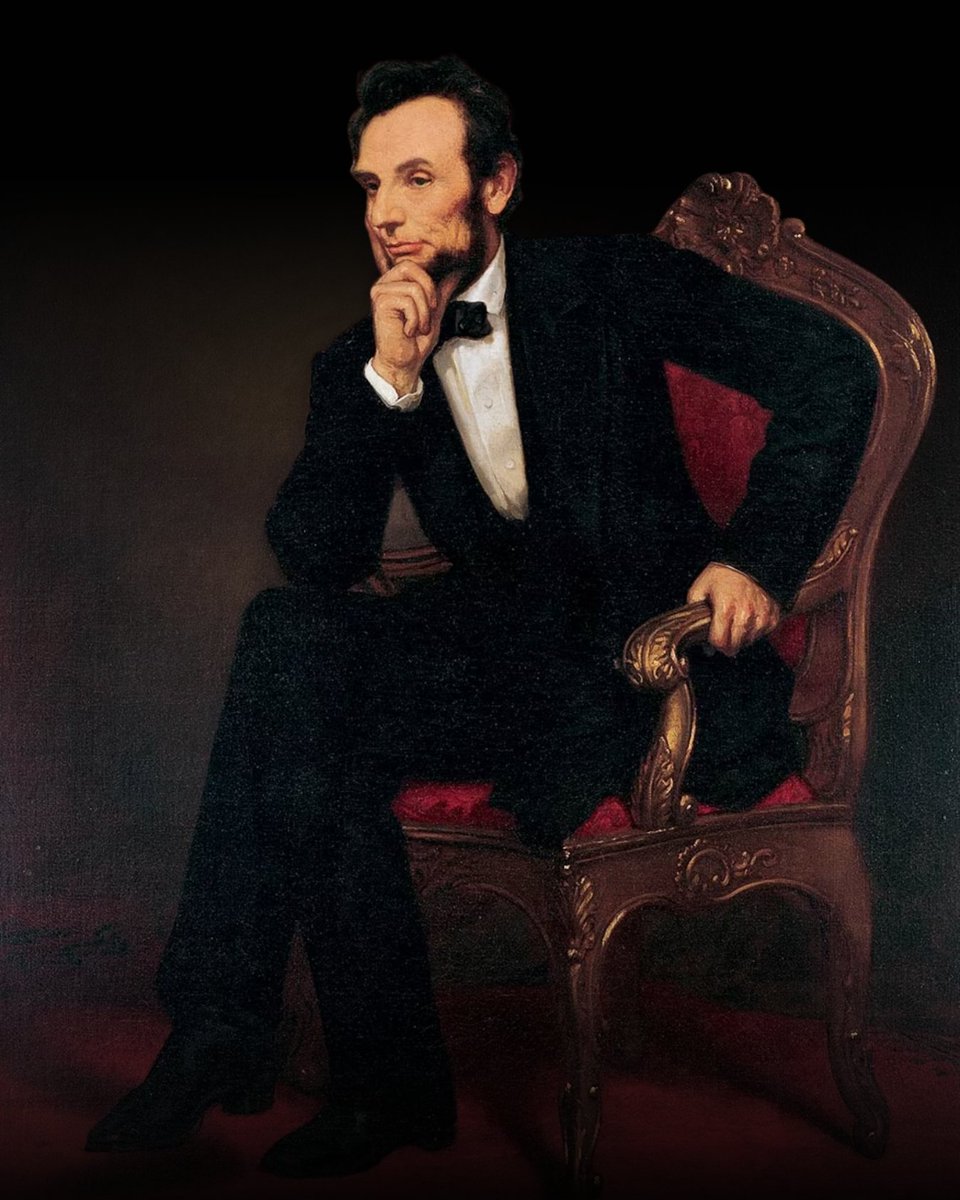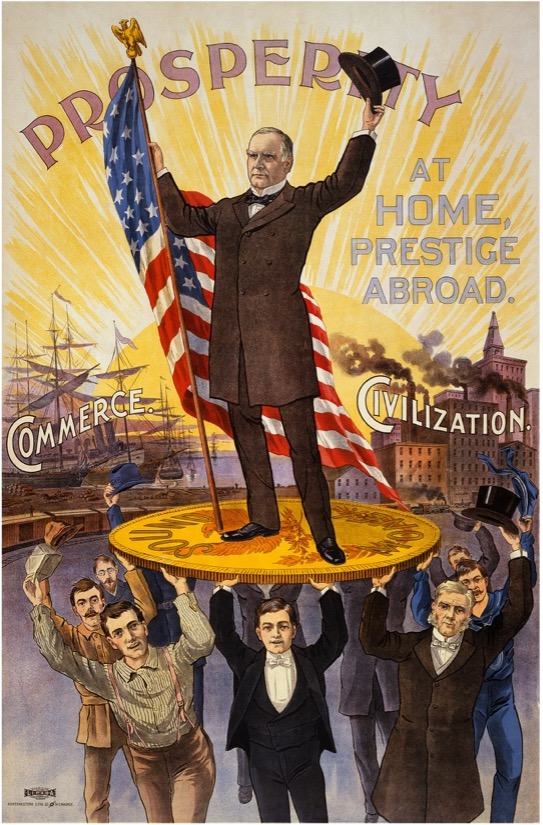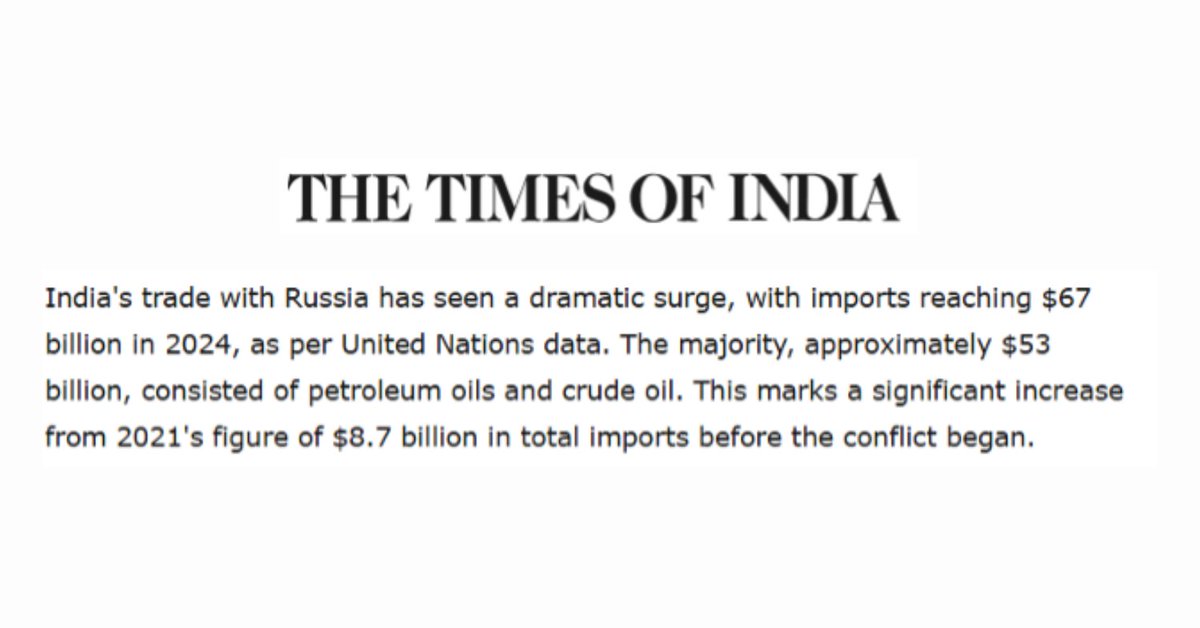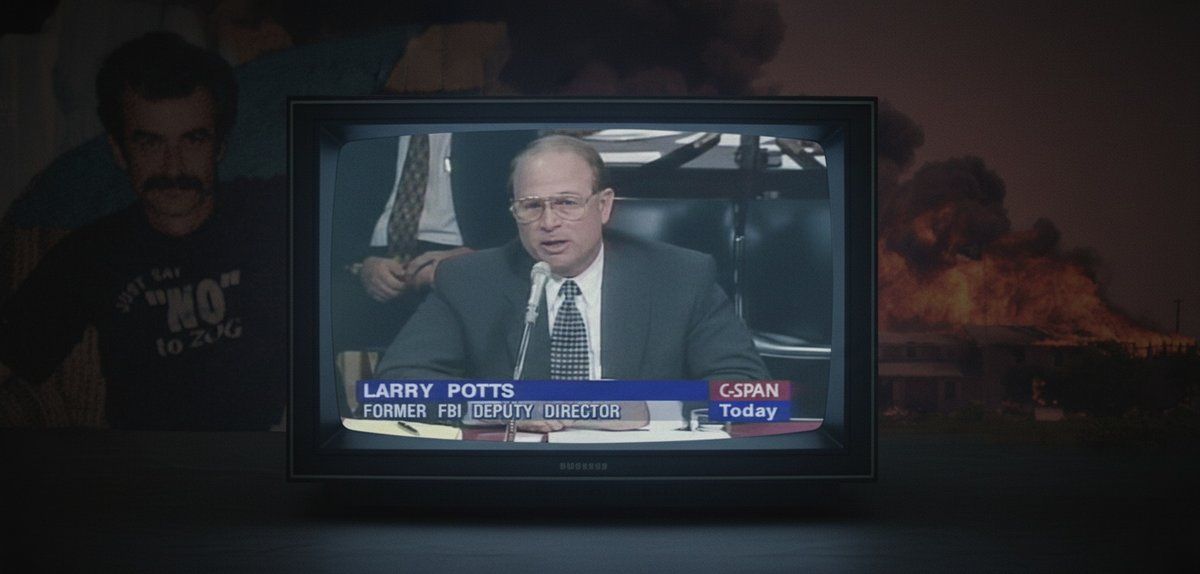1/ Before the word “tariff” became synonymous with President Trump, generations of American statesmen laid the foundation for the America First agenda of today.
Their ideas—rooted in sovereignty, security, and protection of American workers—embody the ongoing fight for American prosperity.
A THREAD 🧵
Their ideas—rooted in sovereignty, security, and protection of American workers—embody the ongoing fight for American prosperity.
A THREAD 🧵

2/ Alexander Hamilton was the original architect of American economic nationalism.
In his "Report on Manufactures", he argued that tariffs were essential to defend U.S. industry and secure independence from Britain.
In his "Report on Manufactures", he argued that tariffs were essential to defend U.S. industry and secure independence from Britain.

3/ Hamilton understood that political independence wasn’t enough.
The young American republic needed economic protection and system of fair trade to grow and survive.
The young American republic needed economic protection and system of fair trade to grow and survive.

4/ Henry Clay, known as the “Great Compromiser,” built on Hamilton’s legacy.
His “American System” prioritized:
A national bank, infrastructure investment, and most importantly: TARIFFS
His “American System” prioritized:
A national bank, infrastructure investment, and most importantly: TARIFFS

5/ To Clay, tariffs were a vital tool of economic protection and industrial growth.
In 1824, he put it plainly:
“The tariff is to tax the produce of foreign industry, with the view of promoting American industry.”
Sound familiar?
In 1824, he put it plainly:
“The tariff is to tax the produce of foreign industry, with the view of promoting American industry.”
Sound familiar?

6/ Clay helped implement the Tariff of 1824 to stop cheap British goods from flooding U.S. markets.
Nearly 200 years later, President Trump used Section 232 powers to shield U.S. steel and aluminum from Chinese overproduction.
Nearly 200 years later, President Trump used Section 232 powers to shield U.S. steel and aluminum from Chinese overproduction.

7/ Like President Trump, Clay faced fierce opposition.
The southern–led Nullification Crisis—sparked by the 1828 and 1832 tariffs—nearly tore the Union apart.
But the tariffs were effective for working Americans and the principle still holds:
Protect our own industry—or risk dependence on foreign powers.
The southern–led Nullification Crisis—sparked by the 1828 and 1832 tariffs—nearly tore the Union apart.
But the tariffs were effective for working Americans and the principle still holds:
Protect our own industry—or risk dependence on foreign powers.

8/ Abraham Lincoln, the first Republican president, proudly called himself an “old-line Henry Clay Whig.”
He knew how vital tariffs were for national prosperity.
They uplifted American labor, funded internal improvements, and shielded the Union from foreign control.
He knew how vital tariffs were for national prosperity.
They uplifted American labor, funded internal improvements, and shielded the Union from foreign control.

9/ During Lincoln’s presidency, tariff revenue helped finance the military during the Civil War.
He believed that protecting American industry would also protect the American nation.
It worked: America industrialized rapidly during and after his presidency.
He believed that protecting American industry would also protect the American nation.
It worked: America industrialized rapidly during and after his presidency.

10/ Decades later, President William McKinley—an ironworker’s son and Clay disciple—picked up the torch.
He made it clear:
“Open competition between high-paid American labor and poorly paid European labor will either drive out of existence American industry or lower American wages.”
He made it clear:
“Open competition between high-paid American labor and poorly paid European labor will either drive out of existence American industry or lower American wages.”

11/ In 1890, McKinley passed a landmark tariff raising duties above 50%.
By 1896, he ran for president as “a tariff man standing on a tariff platform.”
He won—and kept winning for American workers.
By 1896, he ran for president as “a tariff man standing on a tariff platform.”
He won—and kept winning for American workers.

12/ Under McKinley, America led the world in agriculture, mining, and manufacturing.
He credited this success to fair, protective trade:
“These are the trophies which we bring after twenty-nine years of a protective tariff.”
He credited this success to fair, protective trade:
“These are the trophies which we bring after twenty-nine years of a protective tariff.”

13/ President Trump’s trade agenda—especially his assertive use of tariffs—draws from a long line of American economic tradition shaped by statesmen like Hamilton, Clay, Lincoln, and McKinley. 

14/ The early GOP was the party of tariffs and industry.
From Lincoln to McKinley and into the 20th century, the Republican Party fought for American workers.
Trump has revived that GOP—reconnecting it to its pro-worker, pro-sovereignty roots.
From Lincoln to McKinley and into the 20th century, the Republican Party fought for American workers.
Trump has revived that GOP—reconnecting it to its pro-worker, pro-sovereignty roots.

15/ The America First agenda isn’t new.
Hamilton. Clay. Lincoln. McKinley. Trump.
Five leaders. One philosophy: Americans First -- ALWAYS.
Hamilton. Clay. Lincoln. McKinley. Trump.
Five leaders. One philosophy: Americans First -- ALWAYS.

Who should American economic policy protect first?
• • •
Missing some Tweet in this thread? You can try to
force a refresh






















